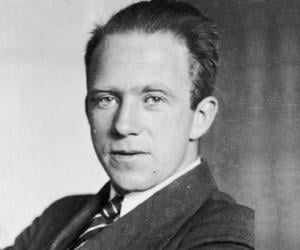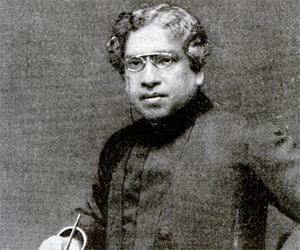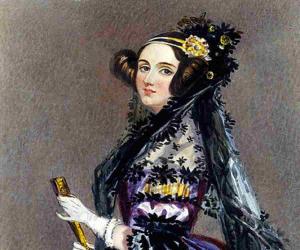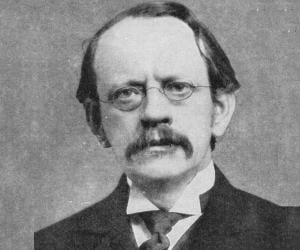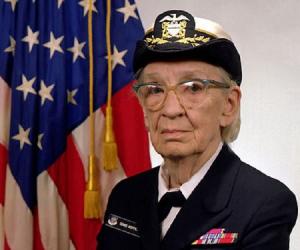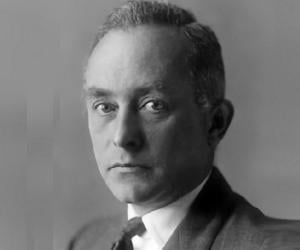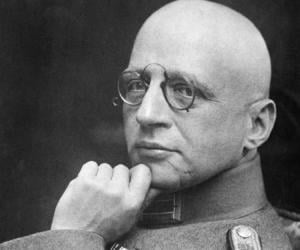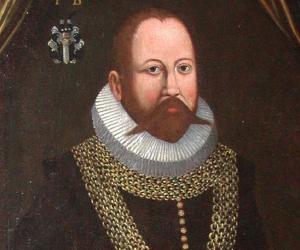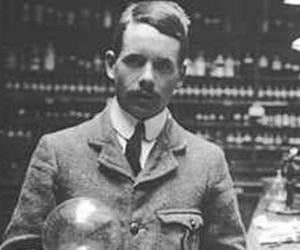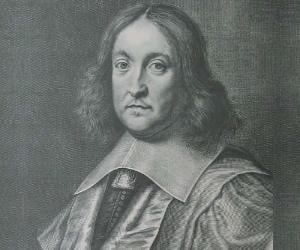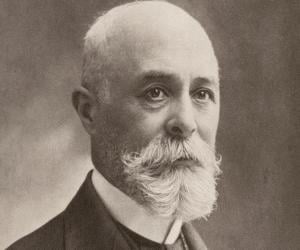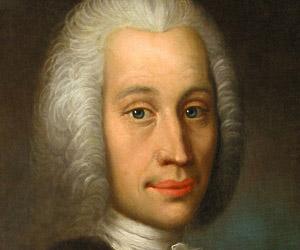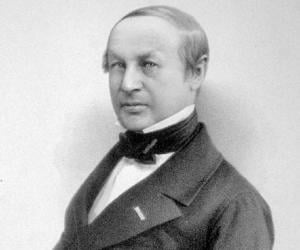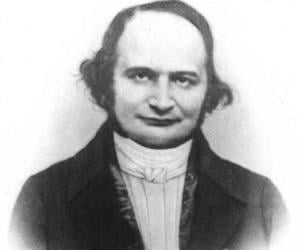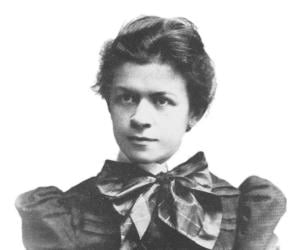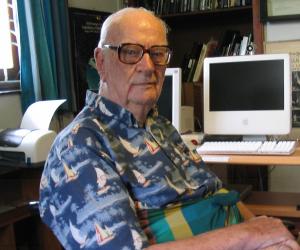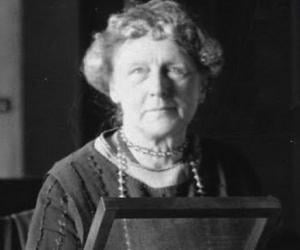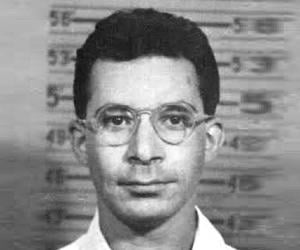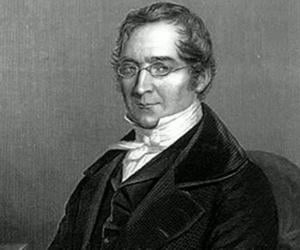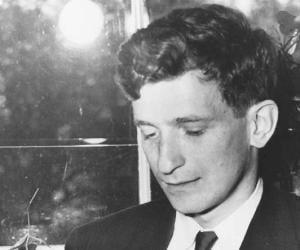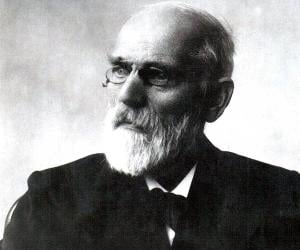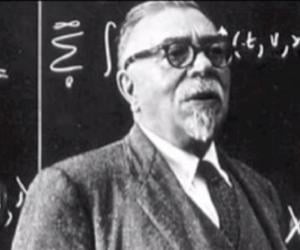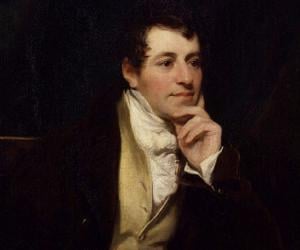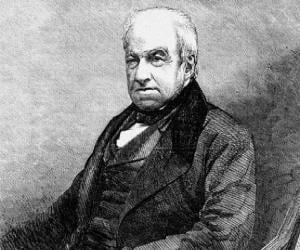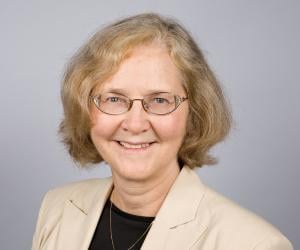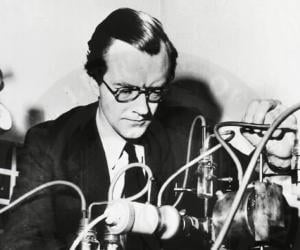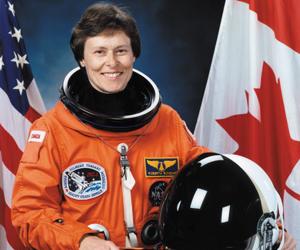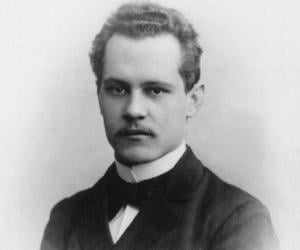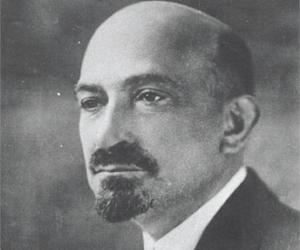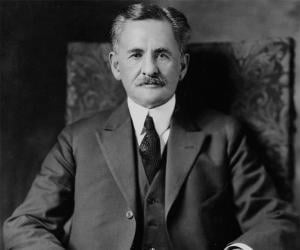Indian physicist, biologist, and plant physiologist Jagadish Chandra Bose revolutionized science with his research on how plants and animals react to external stimuli. He founded the Bose Institute, made pioneering contribution to the field of radio and microwave optics, and also penned one of the first works of Bengali science fiction.
Ada Lovelace was a mathematician known for her work on the Analytical Engine, a mechanical general-purpose computer proposed by Charles Babbage. Many believe that Lovelace was the first to recognize the potential of computers. It is also believed that she published the first algorithm after realizing that the algorithm could be carried out by a machine like the Analytical Engine.
J. J. Thomson was a British physicist credited with the discovery of the electron, the first subatomic particle to be discovered. He was awarded the Nobel Prize in Physics in 1906 for his work on the conduction of electricity in gases. In 1884, he was appointed Cavendish Professor of Physics at the University of Cambridge.
Fritz Haber was a German chemist who was honored with the prestigious Nobel Prize in Chemistry for inventing the Haber-Bosch process. The process is used widely to synthesize ammonia from hydrogen gas and nitrogen gas. For his pioneering work in weaponizing poisonous gases like chlorine during World War I, Haber is referred to as the father of chemical warfare.
Henry Moseley was an English physicist best known for his development of Moseley's law in X-ray spectra. He made major contributions to the fields of atomic physics, nuclear physics, and quantum physics. He was working at the University of Oxford when World War I broke out, following which he went to volunteer for the Royal Engineers of the British Army.
Seventeenth-century French mathematician Pierre de Fermat was also a qualified lawyer. Remembered mostly for his contribution to number theory, probability, calculus, and analytic geometry, he was also known for his proficiency in six languages, including Greek and Latin. One of his major works, Introduction to Loci, was released posthumously.
Nobel Prize-winning physicist Henri Becquerel is known for his chance discovery of spontaneous radioactivity. Born into a family of scientists, Becquerel had been an engineer and a physics professor earlier. Marie Curie, who shared the Nobel with him and her husband, Pierre, was one of his doctoral students.
Theodor Schwann was a German physiologist and physician best remembered for his important contributions to biology. He is credited with discovering the Schwann cells, which is named after him. He is also credited with discovering pepsin and the organic nature of yeast. Theodor Schwann also invented the term metabolism.
Carl Gustav Jacob Jacobi was a German mathematician best remembered for his contributions to differential equations, dynamics, number theory, determinants, and elliptic functions. He is the first Jewish mathematician to work as a professor at a German university. Jacobi has a crater on the Moon named after him in recognition of his contribution to science.
After studying physics and astronomy at Wellesley College, Annie Jump Cannon traveled across Europe and focused on photography for a decade, before venturing to study astronomy again. At the Harvard Observatory, she made a considerable contribution to the classification of stellar bodies. She was almost deaf due to scarlet fever.
Known for his pathbreaking Gay-Lussac's Law, French chemist-physicist Joseph Louis Gay-Lussac was also the first, along with his colleague Alexander von Humboldt, to discover that water is composed of one part of oxygen and two parts of hydrogen. His name is one of the 72 that adorn the Eiffel Tower.
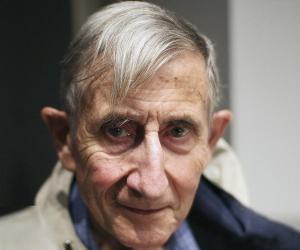
Freeman Dyson was a British-American theoretical and mathematical physicist, mathematician, and statistician. He made major contributions in the fields of quantum field theory, astrophysics, random matrices, quantum mechanics, and nuclear physics. He originated the concept that went on to be known as Dyson's transform. He received the Golden Plate Award of the American Academy of Achievement in 1986.
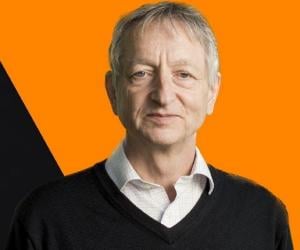
After gaining a degree in psychology, Geoffrey Hinton earned a PhD in artificial intelligence. The Google VP is a Turing Award-winning computer scientist and also teaches at the University of Toronto. A Fellow of the Royal Society, he has revolutionized neural network research and has co-written about 200 papers.

David A. Johnston was an American volcanologist who was caught in the midst of the eruption of Mount St. Helens in 1980. Johnston was killed during the eruption and his body was never found. David A. Johnston's life and career have inspired several documentaries, docudramas, and films.
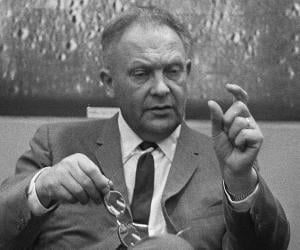
Gerard Kuiper was blessed with an unusually sharp eyesight and could see stars clearly with the naked eye. The Dutch-born scientist later moved to the U.S., where he established the University of Arizona’s LPL. He also initiated research on the belt of comets surrounding the Sun, known as the Kuiper belt.
Best remembered for his invention of the Davy lamp, a safety lamp for miners, Humphry Davy initially aspired to be a doctor but later deviated to chemistry. The Copley Medal winner had co-founded the Zoological Society of London. He also excelled in writing poetry and loved fishing.
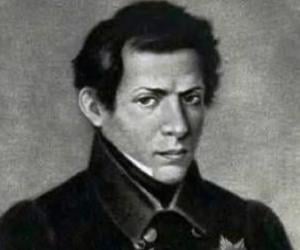
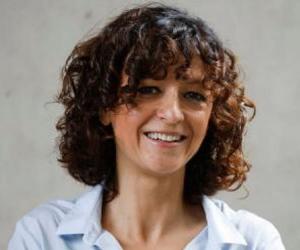
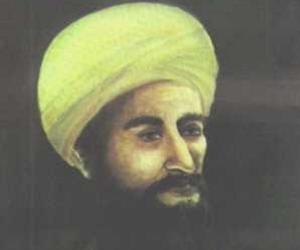
Abd Al-Rahman Al Sufi was a Persian astronomer best remembered for his popular work The Book of Fixed Stars which he published in 964. The book was highly influential and is still extant in the form of various translations and manuscripts, the oldest being preserved at the Bodleian Library in the University of Oxford.
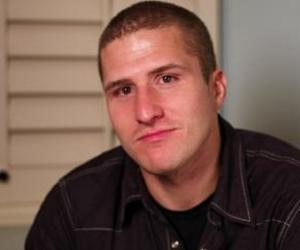
Computer programmer and entrepreneur Shawn Fanning revolutionized the world of information technology by developing a program that let users share MP3 copies of music from their personal computers with others on the internet. His invention led to the formation of Napster and got him featured on the cover of Time.
Copley Medal-winning Scottish botanist Robert Brown is remembered for his detailed descriptions on topics such as the cell nuclei and what later came to be known as the Brownian motion. After studying medicine, he had also served the British Army as a surgeon and also toured the Australian shores aboard The Investigator.
Nobel Prize-winning Australian-American biochemist and molecular biologist Elizabeth Blackburn is best known for co-discovering the enzyme telomerase. She was allegedly removed from the American President's Council on Bioethics over her support for stem cell research, which went against the government. She has honorary doctorate degrees from Harvard, Yale, and Princeton.
Born in New Zealand, to a doctor father from Dublin, Maurice grew up to be a Nobel Prize-winning biophysicist. His X-ray diffraction studies of DNA helped James D. Watson and Francis Crick, his fellow Nobel laureates, ascertain the DNA structure. He was also part of the Manhattan Project.
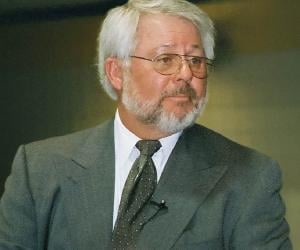
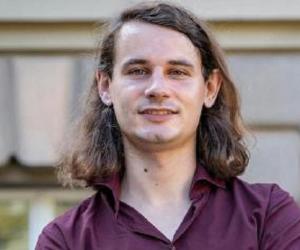
Canadian neurologist, educator, scientist, astronaut and photographer Roberta Bondar CC OOnt FRCPC FRSC is noted as the first female astronaut and the first neurologist of Canada to travel into space. She flew as part of the Space Shuttle Discovery mission STS-42 and performed over forty experiments in Spacelab. She later served as head of an international team of researchers at NASA.
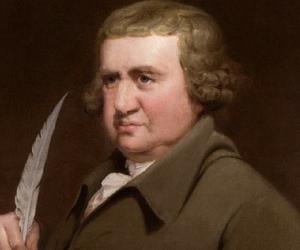
German physicist Arnold Sommerfeld initially taught math and theoretical physics and later came to be known for his groundbreaking work on atomic and quantum physics and wave mechanics. He also laid down the magnetic quantum number. Many of the doctoral and post-doctoral students he supervised later won the Nobel Prize.
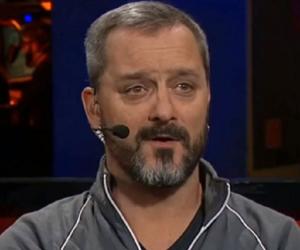
Born in Russia, biochemist Chaim Weizmann was a World Zionist Organization leader and later also became the first president of Israel. He had a major role in the Balfour Declaration. Remembered for his research on industrial fermentation, gasoline, and rubber, he also helped establish the Weizmann Institute.
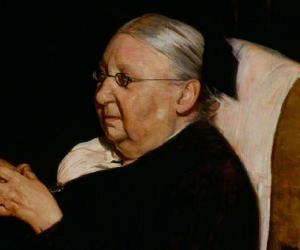
Landscape architect Gertrude Jekyll was born into an affluent family and grew up in a refined environment, learning music and traveling. Initially interested in painting, she gave it up to focus on gardening when she developed eyesight problems. She built around 400 gardens and also collaborated with Sir Edwin Lutyens.
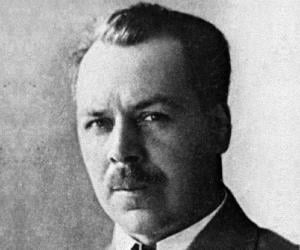
Russian geneticist Nikolai Vavilov not just taught at the University of Saratov but also served as the director of the Bureau of Applied Botany in Petrograd. He made expeditions worldwide, but invited criticism from Soviet agronomist T.D. Lysenko, who was close to Stalin. Vavilov was eventually imprisoned and died in captivity.
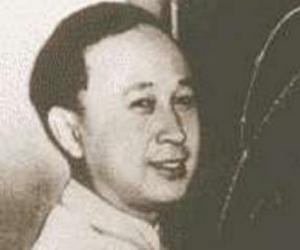
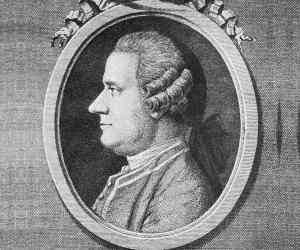
The man who discovered photosynthesis, Jan Ingenhousz was born in the Netherlands but later settled in England. He is also remembered for his pioneering research on thermal conduction and the prevention of smallpox and even successfully inoculated the Habsburg family against smallpox. He was also Maria Theresa’s personal doctor.
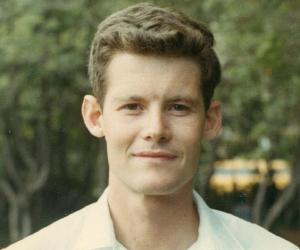
A.M. Turing Award-winning American-Canadian computer scientist Stephen Cook is known for his contribution to the development of the computational complexity theory and laid down the Cook–Levin theorem. The Harvard alumnus has also taught at institutes such as the University of Toronto. He is also an avid sailor and violinist.
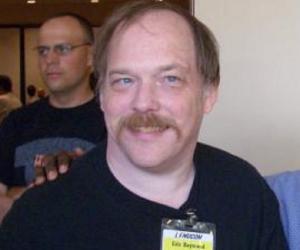
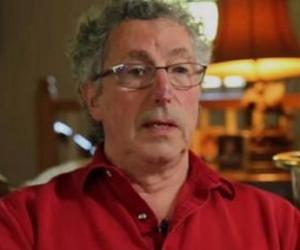
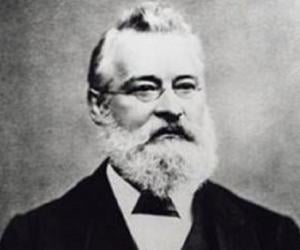
Best remembered for his work on the periodic table and his law of octaves, British chemist John Newlands, was home-schooled as a kid. A significant figure in analytical chemistry, he later won the Davy Medal for his achievements. His studied were later collated in On the Discovery of the Periodic Law.
